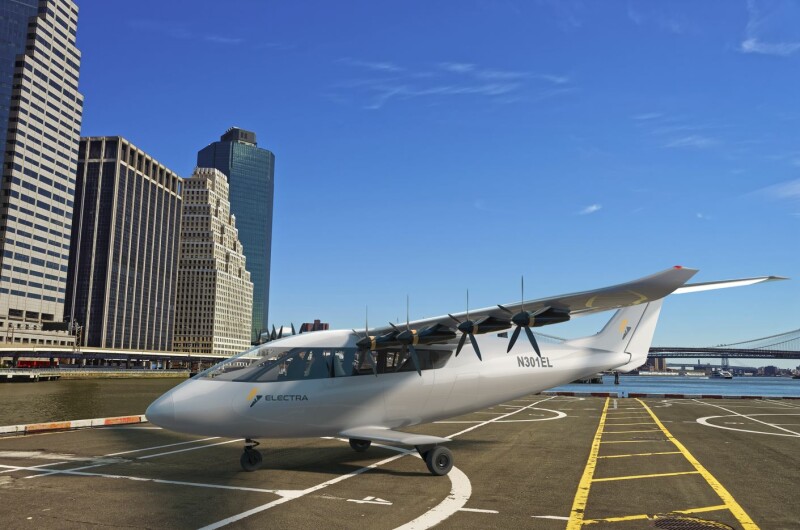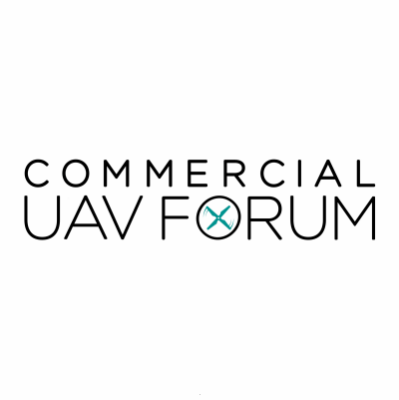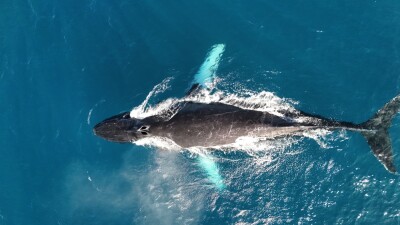As soon as the Wright Brothers proved that heavier-than-air aircraft could fly, thousands of entrepreneurs around the world launched one of the most fascinating industrial races in modern times. Today, three giant commercial airline manufacturers have over 90% of the market, namely Boeing, Embraer, and Airbus.
The situation in general aviation is similar. Out of the hundreds of manufacturers worldwide in the 70s and 80s, only a handful remain with Textron owning three brands, Cessna, Beechcraft and Hawker.
Where are we going with this? One word: Consolidation. And why do we think it’s important? Because it’s happening in the newly created industry of Advanced Air Mobility (AAM) or air taxis.
The aviation business is brutally expensive, and the days of the garage manufacturer are gone for good. Today, obtaining certification for a new aircraft design runs in the millions of dollars, and the requirements, in terms of safety protocols, software guardrails, and licensing rights, make the barriers of entry really high.
That is why every time we hear two companies tying the knot, we jump at the opportunity to know what motivated the union and see if we can get an early peek at the new product born of the amalgamation.On June 8, Electra.aero announced that it was acquiring Airflow.aero Inc. The fascinating detail about these two companies is that both were founded by pioneers of the AAM industry.

Marc Ausman
John S. Langford of Electra was a member of the original Boeing effort to design an air taxi, while MarcAusman of Airflow was part of the Airbus Vahana project that aimed at exactly the same goal. Both projects served their purpose of developing a technology demonstrator and were absorbed by Boeing and Airbus, respectively. The lessons learned lived and developed in the brains of the people who invested their lives in them.
Now these two titans of the early AAM revolution come together to strengthen a new alternative: Blown-lift technology. Is it a coincidence that both Electra and Airflow were working on this alternative to conventional eVTOL (electric vertical takeoff and landing)? NO!
There are no coincidences in this world of aerodynamics, electric-only power plants, and common sense. Both John and Marc realized from early in their respective projects that projections of long flying times with the current state of electric batteries is impossible, and they worked on this wonderful alternative that uses aerodynamics to save the day.
We had the opportunity to talk to Marc, brand new Chief Product Officer at Electra, for an enlightening interview about the technology and what the acquisition will mean for the design and eventual deployment of their aircraft.
“It’s difficult to believe that John and I were working on similar projects at the same time, and we arrived at the same conclusion; purely electric and vertical takeoff and landing with current battery technology was out of the question for the regional air mobility mission, so what to do?” asked Marc enthusiastically. “The answer was, looking for help in the oldest trick in the book: aerodynamics. We can create a tremendous amount of lift by simply redirecting airflow without the intricacies of changing geometry.”
Recent announcements by the Federal Aviation Administration (FAA) regarding aircraft certification and pilot requirements for eVTOL vehicles has sent chills down the spine of many a startup, as they poured a bucket of ice-cold water over the assumptions that these non-traditional aircraft and their pilots were going to be treated differently.
“When we saw the FAA comments about aircraft certification and the extra requirements on pilots because of the rigors of changing geometry during flight, we were thrilled because it reaffirmed our initial assumption that the FAA would be unusually strict with the complexity of aircraft that change geometry during the slow and low phases of flight,” said Marc with obvious excitement. “Our blown-lift technology never changes the geometry of the design and instead uses the old, proven concept of directing air with flaps and ailerons to reduce the landing and takeoff speeds and the runway length required for both.”
There is also the issue of the power source because current battery technology is unforgiving when designers try to add payload and endurance at the same time. The chemistry is exhausted, and the improvements in battery output in relation to its weight is only 5% to 6% with every new iteration, and that is not good enough to transport people over medium distances, say 50 miles.
“We are experimenting with different alternatives, all of them in the hybrid category. In other words, we will have electric motors, there’s no doubt about that, but our power source will not be batteries only; it will be a combination of power sources that would allow flights to be over long distances and will not require FAA mechanics to be located at every landing place,” said Marc with excitement. “We are closely examining the possibilities of hydrogen fuel cells as well as small internal combustion engines that generate the power necessary for our blown-lift technology to work efficiently, making our design also less sensitive to payload constraints.”
Once the conversation turned to the types of routes, distances, and speeds that the combined Electra/Airflow design will achieve, Marc was specific about the design possibilities.
“We are aiming at an aircraft capable of transporting nine people with two pilots and a cruising speed of 175 knots, but the beauty of the blown-lift technology is that would allow for approaching speeds of 35 knots, which, using today’s technology, is impossible,” Marc said. “Obtaining 175 kts of cruise speed and 35 kts of takeoff and approach speed is unheard of in today’s aerospace circles, and it’s only feasible if you use blown-lift technology redirecting huge amounts of airflow downwards without changing the basic geometry of the aircraft.”
It was obvious from this interview that John Langford and Marc Ausman have finally arrived at the place where they were supposed to be from the beginning, which is working together. Of all the designs and performance promises we have heard over the past three years, the Electra/Airflow combination is the most encouraging and the only one not based on assumptions about battery technology. By distancing themselves from the promises of the battery industry, Electra.aero is now uniquely positioned to be a leader in the AAM world.














Comments